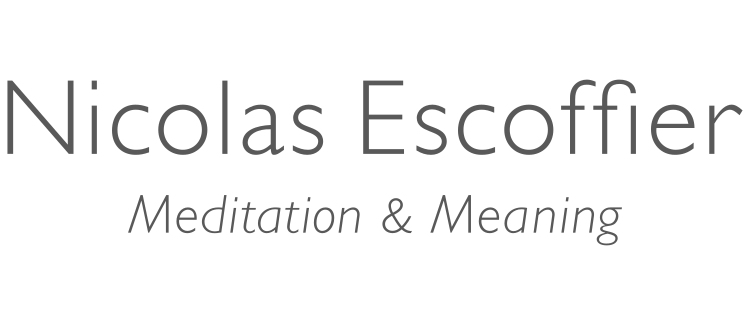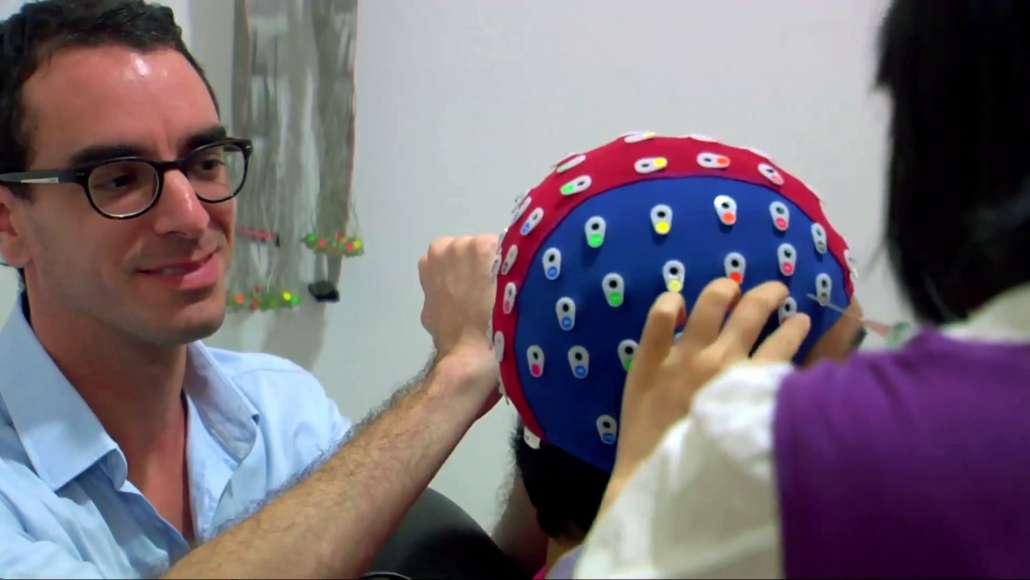Bienfaits de la nature sur le cerveau
Olszewska-Guizzo, A., Fogel, A.,
Escoffier, N., Sia, A., Nakazawa, K., Kumagai, A., … & Ho, R. (2022). Therapeutic Garden With Contemplative Features Induces Desirable Changes in Mood and Brain Activity in Depressed Adults.
Frontiers in Psychiatry,
13.
https://doi.org/10.3389/fpsyt.2022.757056Olszewska-Guizzo, A., Fogel, A.,
Escoffier, N., & Ho, R. (2021). Effects of COVID-19-related stay-at-home order on neuropsychophysiological response to urban spaces: Beneficial role of exposure to nature?
Journal of Environmental Psychology,
75, 101590.
https://doi.org/10.1016/j.jenvp.2021.101590Olszewska-Guizzo, A.,
Escoffier, N., Chan, J., & Puay Yok, T. (2018). Window View and the Brain: Effects of Floor Level and Green Cover on the Alpha and Beta Rhythms in a Passive Exposure EEG Experiment.
International Journal of Environmental Research and Public Health,
15(11), 2358.
https://doi.org/10.3390/ijerph15112358
Cerveau et pratiques spirituelles et sociales
Cho, P. S.,
Escoffier, N., Mao, Y., Green, C., & Davis, R. C. (2020). Beyond physical entrainment: Competitive and cooperative mental stances during identical joint-action tasks differently affect inter-subjective neural synchrony and judgments of agency.
Social Neuroscience,
15(3), 368–379.
https://doi.org/10.1080/17470919.2020.1727949Cho, P. S.,
Escoffier, N., Mao, Y., Ching, A., Green, C., Jong, J., & Whitehouse, H. (2018). Groups and Emotional Arousal Mediate Neural Synchrony and Perceived Ritual Efficacy.
Frontiers in Psychology,
9.
https://doi.org/10.3389/fpsyg.2018.02071Escoffier, Nicolas, Zhong, J., Schirmer, A., & Qiu, A. (2013). Emotional expressions in voice and music: Same code, same effect?
Human Brain Mapping,
34(8), 1796–1810.
PDF
Schirmer, Annett, Teh, K. S., Wang, S., Vijayakumar, R., Ching, A., Nithianantham, D.,
Escoffier, N., & Cheok, A. D. (2010). Squeeze me, but don’t tease me: Human and mechanical touch enhance visual attention and emotion discrimination.
Social Neuroscience,
6(3), 219–230.
https://doi.org/10.1080/17470919.2010.507958
Esprit, émotions et bien-être
Schirmer, Annett, Romero-Garcia, R., Chiu, M. H.,
Escoffier, N., Penney, T. B., Goh, B., Suckling, J., Tan, J., & Feng, L. (2020). Rhythmic timing in aging adults: On the role of cognitive functioning and structural brain integrity.
Psychology and Aging,
35(8), 1184–1200.
https://doi.org/10.1037/pag0000575Sze, W. P., Yoon, W. L.,
Escoffier, N., & Rickard Liow, S. J. (2016). Evaluating the Training Effects of Two Swallowing Rehabilitation Therapies Using Surface Electromyography—Chin Tuck Against Resistance (CTAR) Exercise and the Shaker Exercise.
Dysphagia.
https://doi.org/10.1007/s00455-015-9678-2Schirmer, Annett,
Escoffier, N., Ng, T., & Penney, T. B. (2016). Emotional Voices Distort Time: Behavioral and Neural Correlates.
Timing & Time Perception,
4(1), 79–98.
PDFSchirmer, Annett, &
Escoffier, N. (2010). Emotional MMN: Anxiety and heart rate correlate with the ERP signature for auditory change detection.
Clinical Neurophysiology,
121(1), 53–59.
https://doi.org/10.1016/j.clinph.2009.09.029Schirmer, Annett,
Escoffier, N., Li, Q. Y., Li, H., Strafford-Wilson, J., & Li, W.-I. (2008). What grabs his attention but not hers? Estrogen correlates with neurophysiological measures of vocal change detection.
Psychoneuroendocrinology,
33(6), 718–727.
https://doi.org/10.1016/j.psyneuen.2008.02.010Schirmer, Annett,
Escoffier, N., Zysset, S., Koester, D., Striano, T., & Friederici, A. D. (2008). When vocal processing gets emotional: On the role of social orientation in relevance detection by the human amygdala.
Neuroimage,
40(3), 1402–1410.
https://doi.org/10.1016/j.neuroimage.2008.01.018Schirmer, A., Lui, M., Maess, B.,
Escoffier, N., Chan, M., & Penney, T. B. (2006). Task and sex modulate the brain response to emotional incongruity in asian listeners.
Emotion,
6(3), 406–417.
https://doi.org/10.1037/1528-3542.6.3.406
Cerveau et environnement sensoriel
Schirmer, Annett,
Escoffier, N., Cheng, X., Feng, Y., & Penney, T. B. (2016). Detecting Temporal Change in Dynamic Sounds: On the Role of Stimulus Duration, Speed, and Emotion.
Perception Science, 2055.
https://doi.org/10.3389/fpsyg.2015.02055Escoffier, Nicolas, Herrmann, C. S., & Schirmer, A. (2015). Auditory rhythms entrain visual processes in the human brain: Evidence from evoked oscillations and event-related potentials.
NeuroImage,
111, 267–276.
PDF
Escoffier, Nicolas, Sheng, D. Y. J., & Schirmer, A. (2010). Unattended musical beats enhance visual processing.
Acta Psychologica,
135(1), 12–16.
https://doi.org/10.1016/j.actpsy.2010.04.005
Escoffier, N, & Tillmann, B. (2008). The tonal function of a task-irrelevant chord modulates speed of visual processing.
Cognition,
107(3), 1070–1083.
PDF
Schirmer, Annett, Simpson, E., & Escoffier, N. (2007). Listen up! Processing of intensity change differs for vocal and nonvocal sounds. Brain Research, 1176, 103–112.
Tillmann, B., Koelsch, S.,
Escoffier, N., Bigand, E., Lalitte, P., Friederici, A. D., & von Cramon, D. Y. (2006). Cognitive priming in sung and instrumental music: Activation of inferior frontal cortex.
NeuroImage,
31(4), 1771–1782.
https://doi.org/10.1016/j.neuroimage.2006.02.028Tillmann, Barbara, Bigand, E.,
Escoffier, N., & Lalitte, P. (2006). The influence of musical relatedness on timbre discrimination.
European Journal of Cognitive Psychology,
18(3), 343–358.
https://doi.org/10.1080/09541440500269548



